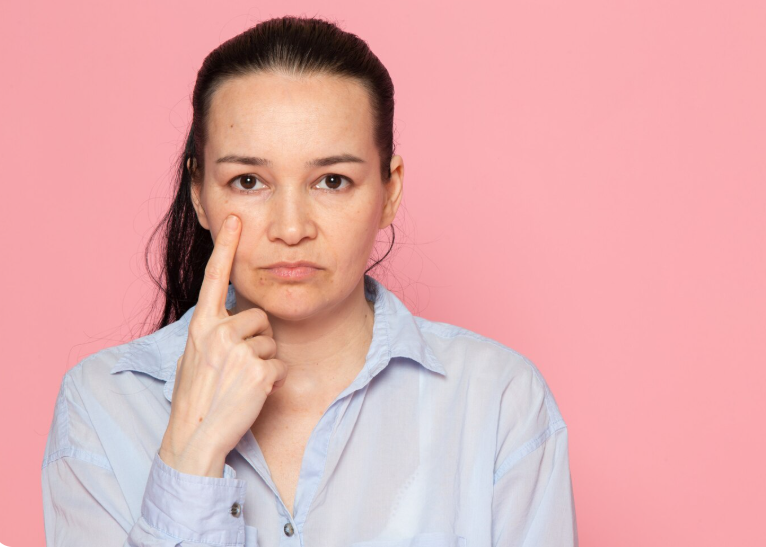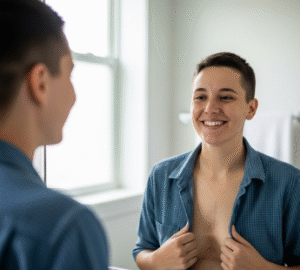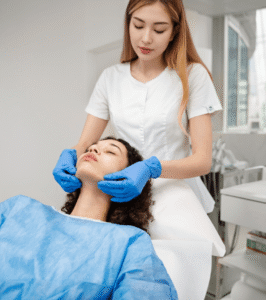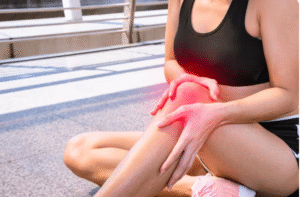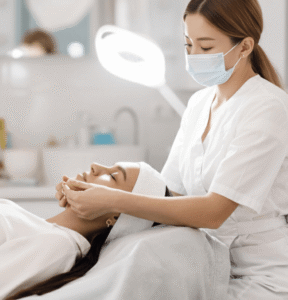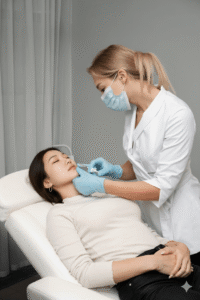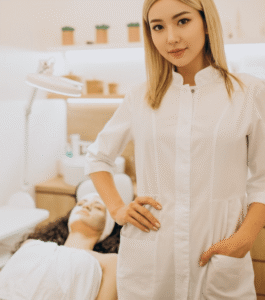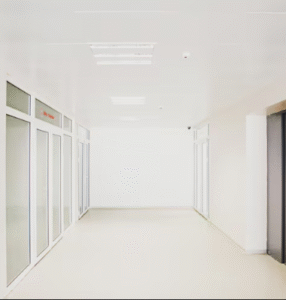What It Is
Fat reposition lower eyelid surgery is a cosmetic procedure designed to correct under-eye bags and hollowing by repositioning orbital fat rather than removing it. This technique smooths the transition between the lower eyelid and cheek, giving a more youthful and natural appearance compared to traditional fat removal blepharoplasty.
Why It’s Done
Patients choose fat repositioning to:
- Reduce puffiness and under-eye bags
- Correct tear trough deformities or hollow lower eyelids
- Achieve a natural, rejuvenated look without excessive tissue removal
- Prevent a “sunken” or aged appearance that sometimes results from traditional fat excision
Ideal candidates are individuals with moderate to severe under-eye puffiness and volume loss in the midface region.
Alternatives
- Traditional lower blepharoplasty with fat excision
- Dermal fillers to mask tear trough hollows
- Non-surgical skin tightening methods such as laser therapy or radiofrequency
Preparation
- Comprehensive preoperative consultation to evaluate eyelid anatomy, fat pads, and skin condition
- Pre-surgical lab tests and medical history assessment
- Avoidance of blood-thinning medications, alcohol, and smoking
- Fasting required if general anesthesia will be used
How It’s Done
- Usually performed under local anesthesia with sedation or general anesthesia
- Small incisions are made along the lower eyelid or conjunctiva
- Excess orbital fat is carefully repositioned into the tear trough area
- Incisions are closed with fine sutures for minimal scarring
- Surgery typically lasts 1–2 hours and is often outpatient
Recovery
- Swelling and bruising are common for 1–2 weeks
- Mild discomfort managed with cold compresses and medications
- Sutures removed in 5–7 days if present
- Patients are advised to avoid heavy activity, rubbing eyes, or sun exposure during recovery
- Full results visible after 4–6 weeks
Possible Complications
- Temporary swelling, bruising, or numbness
- Asymmetry or uneven fat distribution
- Dry eyes or irritation
- Rare: infection, hematoma, or undercorrection
Treatment Options in Korea
Diagnosis
Korean specialists assess lower eyelid fat pads, skin quality, and midface volume. Imaging or 3D simulations may be used for complex cases.
Medical Treatments
Non-surgical fillers may be used to improve tear trough deformities temporarily, but they do not reposition fat.
Surgical or Advanced Therapies
Korean surgeons employ precise fat repositioning techniques that maintain natural volume, minimize scarring, and reduce the risk of overcorrection. Advanced methods may combine fat repositioning with skin-muscle blepharoplasty or midface lifting.
Rehabilitation and Support
Postoperative care includes follow-ups, swelling management, eye ointments, protective measures, and international patient support services. Guidance ensures smooth recovery and optimal cosmetic outcomes.
Advantages of receiving treatment in Korea: highly experienced surgeons, cutting-edge surgical techniques, natural long-lasting results, cost-effective procedures, and comprehensive support for international patients.

